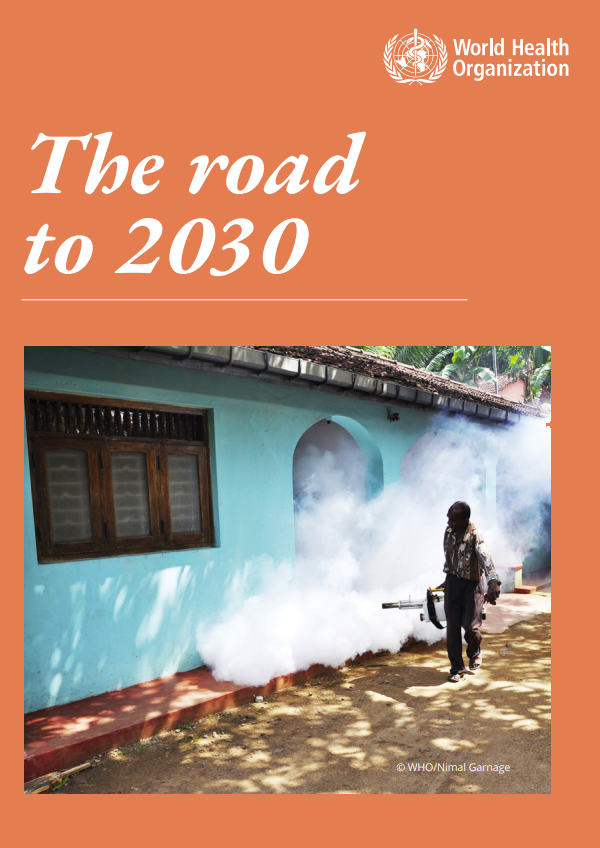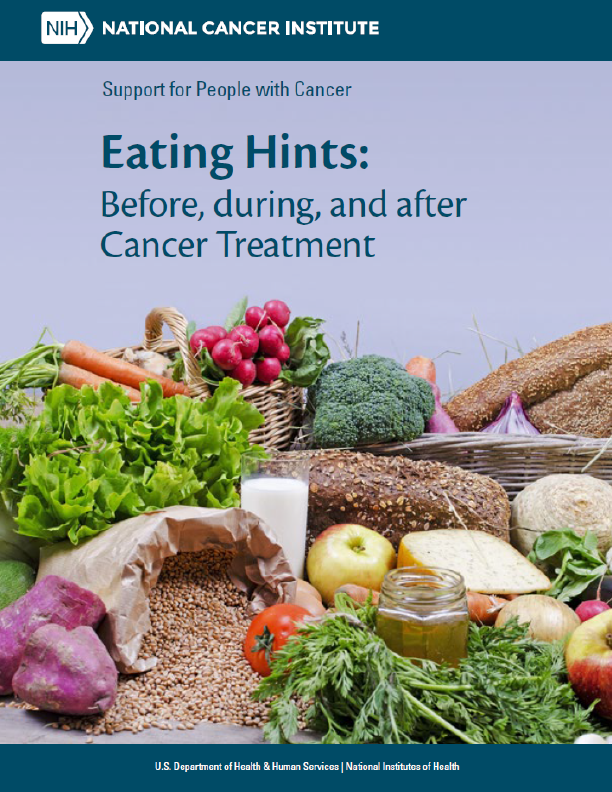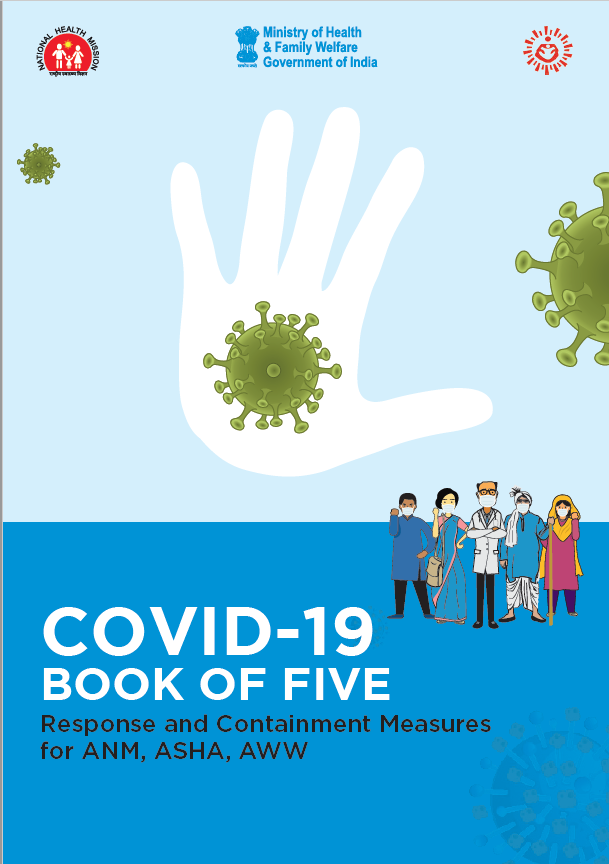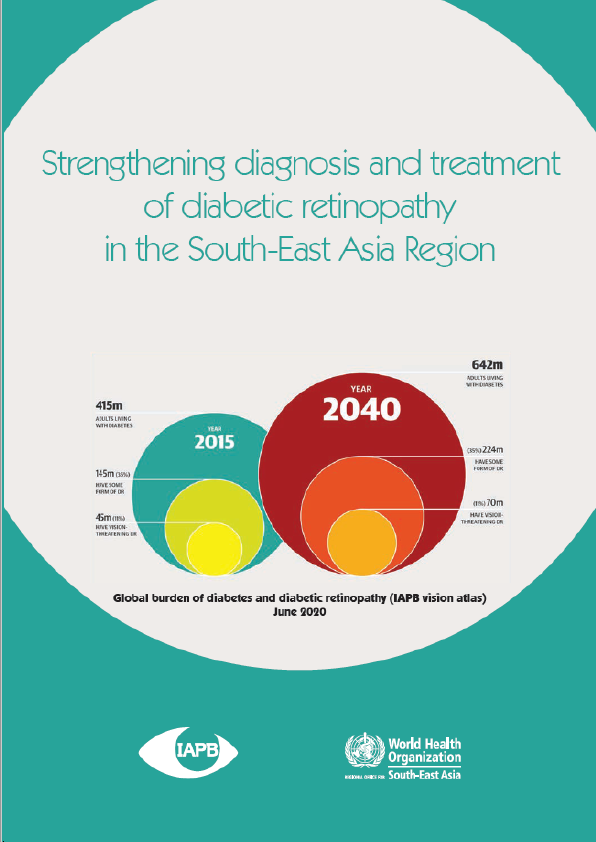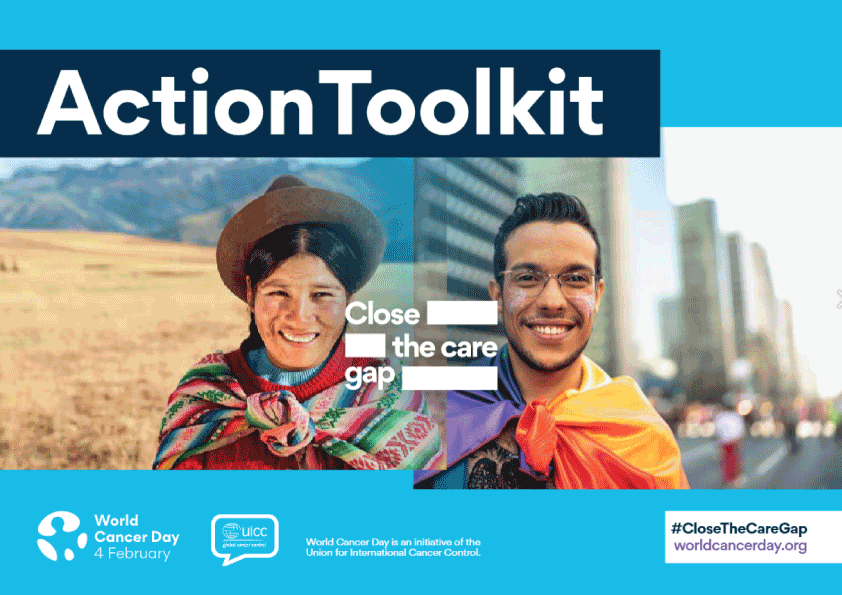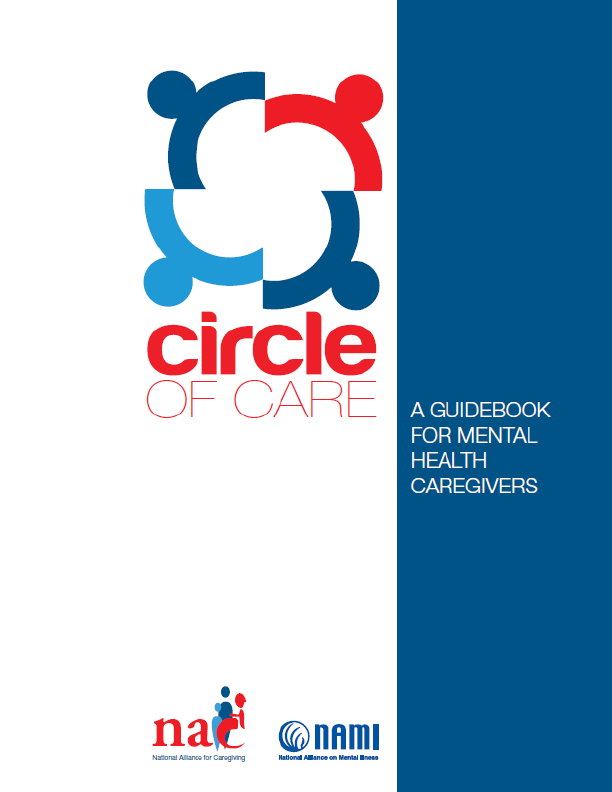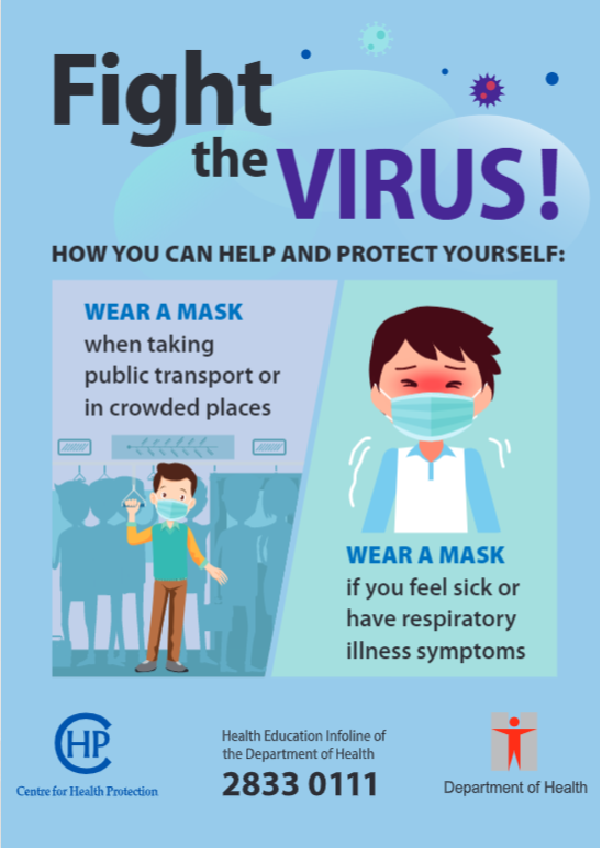In January 2021, the World Health Organization (WHO) published a new road map to address the burden of disease and death imposed by neglected tropical diseases (NTDs). The end of the first year of the 2021-2030 NTD road map is an opportunity to take stock of where we stand and how we plan to move forward.
Neglected tropical diseases (NTDs) are a diverse group of tropical infections that are common in low-income populations in developing regions of Africa, Asia, and the Americas. They are caused by a variety of pathogens, such as viruses, bacteria, protozoa and parasitic worms (helminths). These diseases are contrasted with the “big three” infectious diseases (HIV/AIDS, tuberculosis, and malaria), which generally receive greater treatment and research funding. In sub-Saharan Africa, the effect of neglected tropical diseases as a group is comparable to that of malaria and tuberculosis. NTD co-infection can also make HIV/AIDS and tuberculosis more deadly.
Considerable progress has been made since 2012 when the first road map was adopted. As of 6 June 2022, forty-six countries have eliminated at least one NTD, while 600 million people no longer require treatment because they are no longer exposed to risks associated with the pathogens that previously harmed them. In some cases, diseases that have plagued humanity for centuries, such as sleeping sickness and Guinea worm disease, are at an all-time low. Less tangible, but also important, there has been significant progress in the way NTDs are viewed. Additionally, the disruptive impact of the COVID-19 pandemic on NTD programmes is evident.
This brochure is the first in a series of advocacy briefs for the new NTD road map presenting highlights of success and challenges towards attaining the 2030 goals.
Drivers of success
Increased support
• Pharmaceutical companies donate on average nearly three billion tablets of safe, quality-assured medicines annually, worth hundreds of millions of United States dollars.
Better collaboration
• Multisectoral collaboration has been intensified with major advances in the integration of WASH (water, sanitation and hygiene) and vector control in NTD programmes.
Continuous innovation
• New treatments and/or diagnostics are being developed for multiple NTDs including Buruli ulcer, human African trypanosomiasis, lymphatic filariasis mycetoma, onchocerciasis, schistosomiasis and yaws.
Impact of COVID-19 on NTD services
• According to the third global pulse survey (WHO, 2022d), NTD services were among those most frequently affected, with nearly half of all responding countries reporting disruption and changes to health-seeking behaviour in targeted populations.
• Among NTD services, community-based activities including preventive chemotherapy campaigns were reported as those most severely disrupted by the pandemic.
Delays and gaps in mass drug administration (MDA) and active case-finding have the potential to cause NTDs to resurge. Rapid action and more frequent, intensified interventions are needed to recover from the disruptions.
